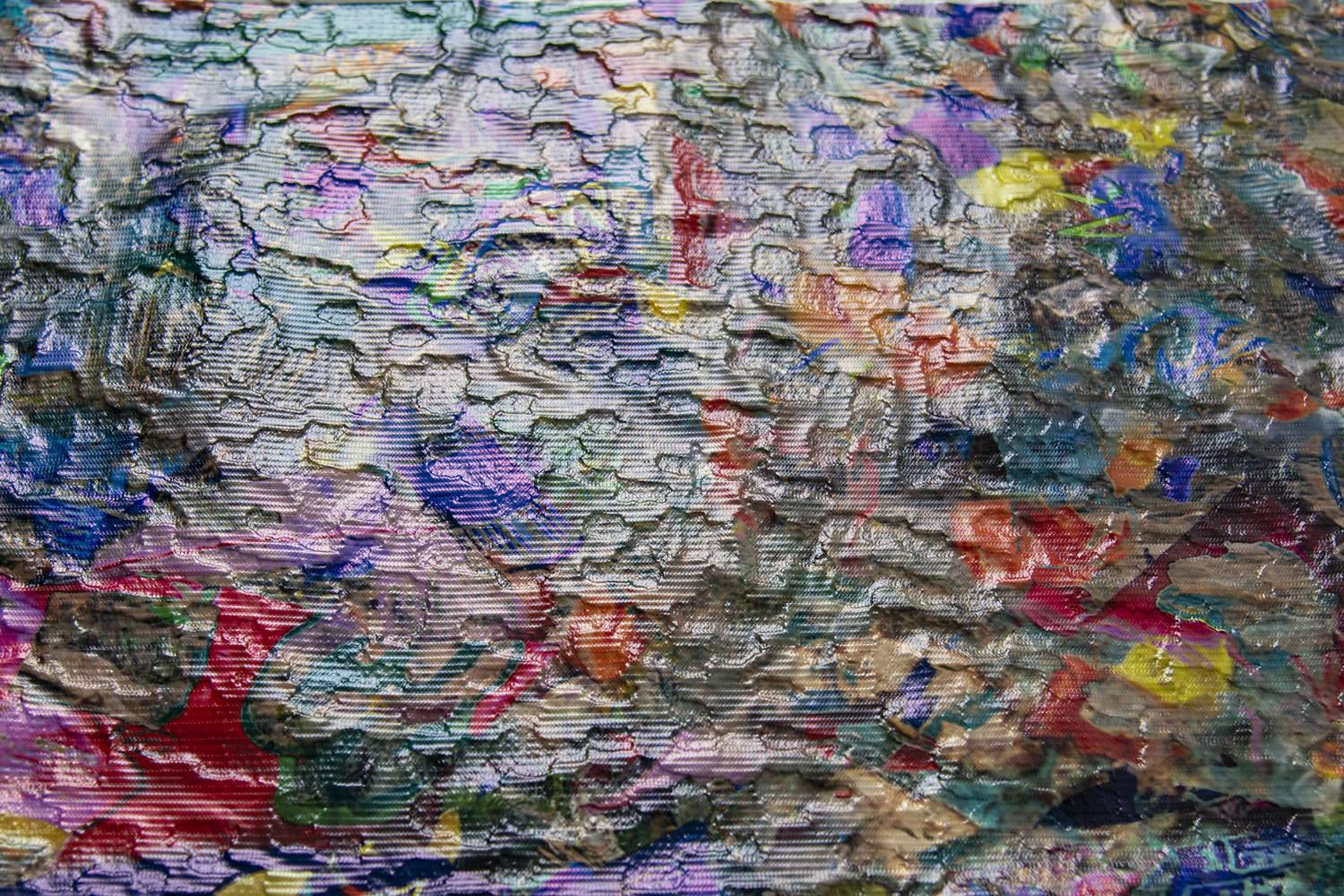
| Source Animal |
The biggest land predator of the insular ecosystem was a species of reptiles. The reptiles had stealth skin that helped them to stake-out by mimicking the colors and patterns of their surroundings. When they were not hunting, they used the same ability to look more attractive for mating. The reptiles built their nests out of colorful, decorative materials. When residing in the nest, their skins replicated the splendid texture of it and drew attention from their mates.
Yet the island is biologically isolated, it needed a certain level of material exchange with the outside world. It had to respirate and excrete. It had a basic filter system that didn't function perfectly. Every time the island inhaled water and gas, plastic debris surged from the outside world. This was an ecological disaster for the island, but the plastic trash was an appealing material for the reptiles' nest building. The reptiles extensively collected the plastic wastes from the shore and made their nests in the deep forest. Later, they have evolved into a form that is suitable for compressing and carrying plastic waste. They unintentionally make a significant contribution to environmental cleaning by doing so. They have to molt periodically in order to grow. Most of the time, they molt in their nest, and their shed skin still has the graphical and colorful patterns replicated from the nest. That's the only opportunity for the islanders to obtain their skin because it's extremely risky to hunt this predator. The islander community has a custom of sneaking into the reptile's habitat and collecting their shed skin. This is done each spring, as coming-of-age rituals. After being gathered, the shed skins are made into exquisite objects to celebrate those who fulfilled their first grown-up task. |


